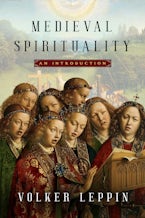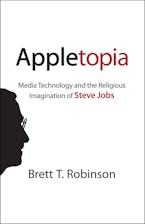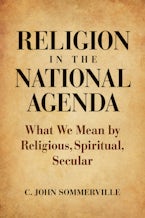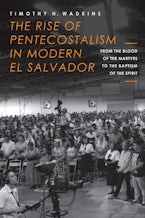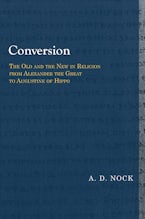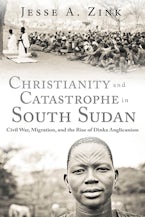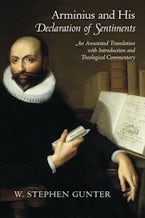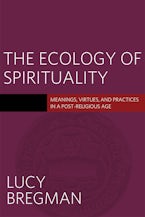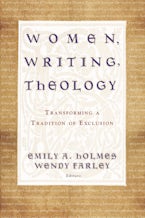Exploring medieval spirituality invites us to delve into a remote world. This introduction is a guide to understanding how medieval believers experienced divine presence in manifold ways. God became real in the sacraments, above all on the altar, when the Eucharist was celebrated. He remained present after the celebration in the host, piously venerated in the lives of the saints as well as in images depicting the saints or Christ himself. He spoke through his Word. Common worshipers found him at particular holy sites.
In Medieval Spirituality, Volker Leppin lays out the tapestry of how Christians in the Middle Ages encountered God. Attention is given to the particular objects thought to represent God; anyone could interact with the creator by approaching these objects through all their senses. Sometimes, even human performance made him present through reenactment, either in real life, like Francis of Assisi who became a sort of "second Christ"; or on stage, as in passion plays staged in church or public. Guided by these concepts of representation and reenactment, Leppin launches a journey not only through late medieval religious practice but through the entirety of European culture from the thirteenth to the fifteenth century, particularly literature and the arts.
In six succinct chapters, the volume gives a helpful overview of how medieval spiritual culture coped with the experience of distance from God—expressed in philosophical terms or in the notion of penance—and how it overcame this distance through the tangible reexperience of God’s descent to the world. The narrative presents telling episodes from medieval sources, binding them together into a coherent theoretical framework that makes present to us medieval piety in all its temporal and mental distance from our time, witness to a single but significant component of the diverse expressions of Christianity.

